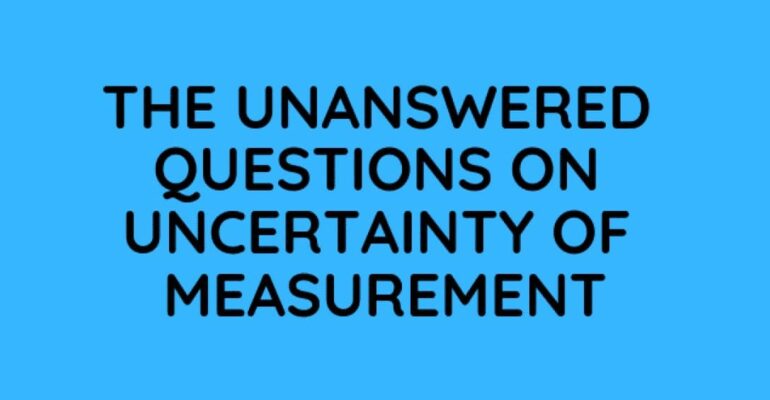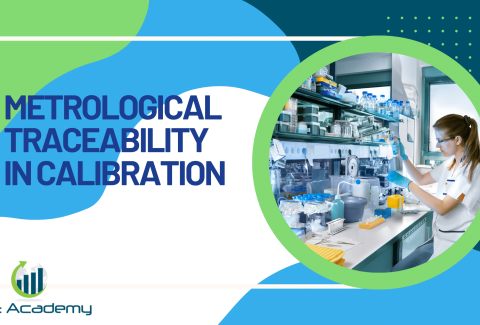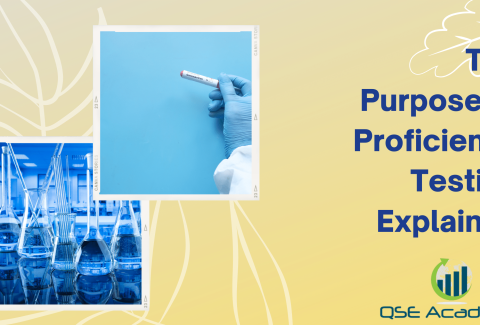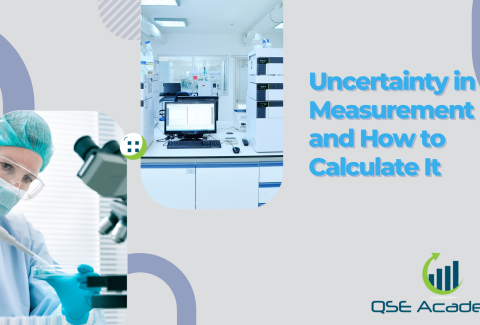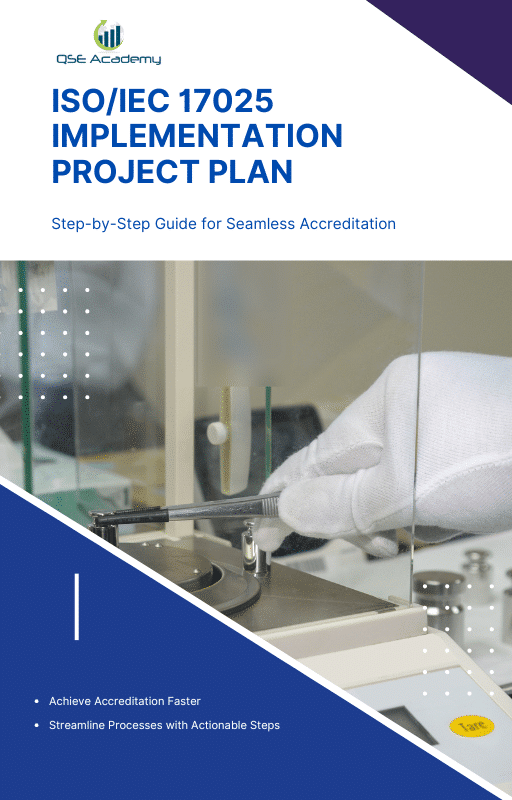Uncertainty of Measurement
When Uncertainty of Measurement isn’t taken into consideration, then the bigger the uncertainty, the greater are the odds of passing failures and failing passes. So that the uncertainty is linked to the amount of confidence. There’s uncertainty related to every test and calibration.
The uncertainty is most likely somewhat greater. Whereas it designates a general concept, its quantitative measure is called standard uncertainty. Each is connected with its very own independent uncertainty, which must be used in conjunction with the others mathematically in a sense that allows estimating the uncertainty of the general measurement.
Many different kinds of measurements are created in physics. It’s crucial, to be honest when reporting a measurement, so it does not seem to be more accurate than the equipment used to create the measurement allows. It’s perfectly possible to bring a measurement accurately and erroneously! Force measurement utilizing a strain gauge transducer isn’t direct.
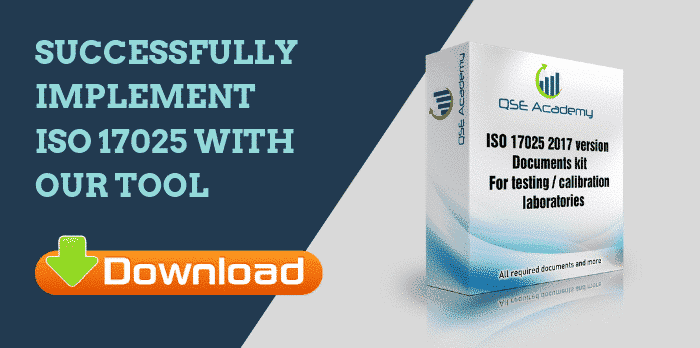
What You Must Know About Uncertainty of Measurement
Uncertainty can’t be avoided but it can be lowered by using `better’ apparatus. In reality, it is the most important thing that we have. The uncertainty of the consequence of measurement reflects the absence of an exact understanding of the worth of the measurand.
The uncertainty reflects the doubt in the result of the measurement. Uncertainty within measurement is also determined by a term called the calibration interval. Now that you know the right scientific means to assess the uncertainty of measurement let’s consider another manner.
For more information on how to get ISO 17025 accreditation for your laboratory: https://www.qse-academy.com/iso17025version2017eng/
ISO Standard ISO/IEC 17025 describes the requirements for the estimation of measurement uncertainties.
The standard ISO/IEC 17025 emphasizes the concept of uncertainty, particularly in the field of analysis and tests, both on his assessment, his mention in the reports on the results and its use for the declaration of conformity.
The implementation in the laboratories meeting of different levels of difficulty according to the sectors:
For laboratories of accredited calibration, the approach is old. The actions are designed essentially to harmonize approaches to the estimation of uncertainties, based on the study of the GUM (Guide Uncertainties Measurement) and of the document EA 4/02;
For laboratories of analysis or tests, the situation is much more mixed, both because of the heterogeneity of the sectors of activity encountered and the purpose of the analysis or tests (for example, the analysis in medical biology on the one hand, and the level of acoustic emission of appliances of the other), that by the disparity in levels of knowledge on the subject.
Besides, when these laboratories of analysis and testing realize their calibrations, the standard ISO/IEC 17025 (from of reference standards calibrated as indicated) they must have a procedure to estimate the uncertainty of the measurements of these calibrations.
- Mention of the Uncertainty in the Calibration Certificates
In the Standard NF EN ISO/IEC 17025 it is stated that:
[…]
Laboratories must always indicate in the certificates of calibration the uncertainty associated with the outcome.
In the Standard NF EN ISO/IEC 17025 the following points are specified:
“In addition to the requirements listed, the calibration certificates must include the following elements, when this is necessary for the interpretation of the results of calibration:
When the declarations of conformity are established, the uncertainty of measurement must be taken into account.
- Mention of the Uncertainty in the Test Reports
In the Standard NF EN ISO/IEC 17025 it is stated:
In addition to the requirements listed, the test reports must include the following elements, when this is necessary for the interpretation of the results of the tests:
[…]
- C) If there is a place, a declaration on the measurement uncertainty is estimated. The information relative to the uncertainty is necessary for the test reports when it is important for the validity or the application of the results of the test, when the instructions of the customer are required or when the uncertainty affects compliance with the limits of a specification.
[…]
The interpretation of this paragraph is reflected in the following manner:
The uncertainty associated with the result must be indicated in the reports that the laboratories of analyzes or tests emit, at least in the following cases:
When requested by the customer, which is traceable to the level of the contract review;
When the laboratory has planned to issue a declaration of conformity in a report on the results in the report with the specification limits that do not incorporate already the uncertainty;
When the standard or the method of analysis or testing mentions tolerances to do not exceed or thresholds to achieve, and that these tolerances or thresholds do not take already into account the uncertainty.
In the case where the method or the specification limits to incorporate the uncertainty, the report must specify the situation in this regard.
Looking for More Resources on ISO 17025?
If you found this article helpful, explore our premium resources designed to help you achieve ISO 17025 certification efficiently:
- 📦 Complete Documentation Package for ISO/IEC 17025 2017: Get all the essential templates and documents you need for fast, easy implementation.
- 🎓 Online Course on ISO/IEC 17025 2017 : Enroll in our comprehensive training to master the key concepts and practical steps toward certification.
- 📋 ISO/IEC 17025 2017 Checklist: Download our detailed checklist to ensure you’ve covered every step of the process.
These resources are tailored to meet your needs and ensure a smooth certification journey. Explore them today and get one step closer to success!

